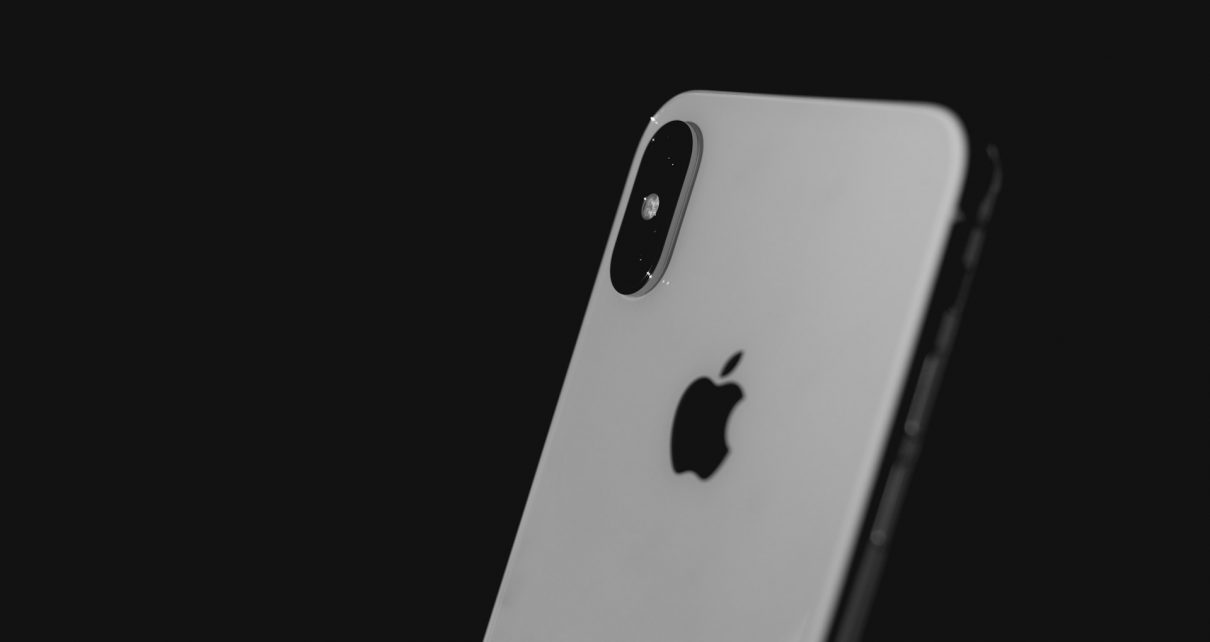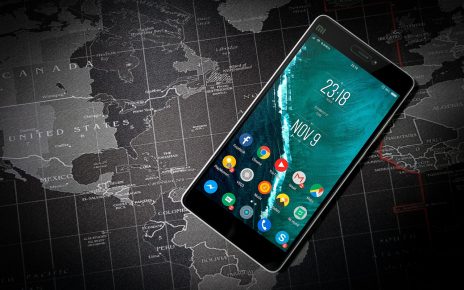The evolution of smartphones has slowed in some aspects, but the four-year gap between the iPhone 11 and the iPhone 15 provides a striking example of how Apple continues to refine its devices. While both models have represented strong contenders in their respective times, the advancements in the iPhone 15 showcase a significant leap in design, display, camera capabilities, and overall performance.
At first glance, the iPhone 15 maintains the signature Apple aesthetic while introducing modern refinements that set it apart from the iPhone 11. However, some core characteristics remain unchanged, including reliable performance and Apple’s commitment to a seamless user experience. The most noticeable upgrade comes in the display department, where Apple has addressed the iPhone 11’s limitations, particularly when compared to competing Android devices of its time.
This comparison delves into the critical differences between these two iPhones, focusing on performance, design, camera technology, and battery life to understand how Apple’s smartphone lineup has evolved over four years.
Key Upgrades: iPhone 15 vs. iPhone 11
-
Significant performance boost with a more advanced chipset
-
Sharper, brighter display with superior contrast and color accuracy
-
Dynamic Island replaces the traditional notch
-
Flat edges replace the curved, pebble-like design
-
Higher base storage (128GB compared to 64GB on iPhone 11)
-
Substantially improved camera system with new features
-
Better battery life and faster charging speeds
-
Transition from Lightning port to USB-C
Design: A Shift in Apple’s Approach
The iPhone 11 was the last of Apple’s models to feature a rounded design with smooth, curved edges, giving it a comfortable grip. The iPhone 15, on the other hand, adopts the flat-edged design first introduced with the iPhone 12, making it look more modern and in line with recent Apple products. A small but noteworthy refinement is the slightly softer transition between the back panel and the frame, making it more ergonomic while maintaining its sharp, premium feel.
Apple has also made a change to the back panel material. While the iPhone 11 featured a glossy glass back, the iPhone 15 introduces a matte-textured glass finish. This modification not only enhances the phone’s appearance but also helps reduce fingerprint smudges, keeping the device looking cleaner for longer.
Another major design update is the introduction of the Dynamic Island, which replaces the traditional notch. First introduced in the iPhone 14 Pro lineup, this feature enhances usability by providing an adaptive, interactive notification area. Combined with the flat-edge body, this change makes the iPhone 15 look significantly different from its four-year-old counterpart.
Display: A Major Step Forward
One of the biggest improvements comes in the display department. The iPhone 11’s LCD panel was considered a drawback, particularly as competitors had already moved to OLED screens with better contrast and deeper blacks. The iPhone 15 adopts an OLED display with higher brightness, richer colors, and sharper detail. This improvement makes for a significantly better viewing experience, whether you’re watching videos, gaming, or simply browsing.
Camera: A Dramatic Improvement
Perhaps the most striking difference between the iPhone 11 and iPhone 15 is in their camera systems. The iPhone 15’s rear cameras are not only larger but also significantly more advanced. Apple has continued to increase sensor sizes and improve computational photography, allowing for better low-light performance, sharper details, and more natural colors.
Beyond hardware improvements, Apple has introduced new camera features, such as enhanced Night mode, Smart HDR, and Photonic Engine technology, making the iPhone 15 a far superior device for photography and video recording compared to the iPhone 11.
Performance: Faster, More Efficient
Under the hood, the iPhone 15 boasts a more advanced chipset, offering improved efficiency and speed compared to the iPhone 11’s processor. This translates to smoother performance, better multitasking, and enhanced power management. Whether for gaming, photography, or day-to-day tasks, the iPhone 15 easily outperforms its predecessor.
Battery Life and Charging: More Power, Faster Charging
Battery life has also seen a noticeable boost. Thanks to the more power-efficient chipset and improved battery management, the iPhone 15 offers longer screen-on time compared to the iPhone 11. Charging has also improved, with faster speeds and the shift to USB-C, replacing Apple’s proprietary Lightning connector. This transition aligns Apple’s devices with global charging standards, making charging more convenient for users who own multiple devices.
Size and Weight: Slight Refinements
In terms of dimensions, the iPhone 15 is slightly smaller than the iPhone 11, measuring approximately 5.81 x 2.82 x 0.31 inches, compared to the iPhone 11’s 5.94 x 2.98 x 0.33 inches. While the difference is minor, the iPhone 15 is also slightly lighter at 6.03 oz, compared to the iPhone 11’s 6.07 oz. Though the change in weight may not be drastic, the refined design contributes to a more balanced and comfortable feel in hand.
The Bottom Line
The iPhone 15 is a clear evolution from the iPhone 11, incorporating significant improvements in design, display technology, performance, and camera capabilities. While the iPhone 11 remains a reliable device, the changes in the iPhone 15—particularly the move to an OLED display, camera advancements, and battery efficiency—make it a worthy upgrade for those looking for a more modern smartphone experience.
For users still holding onto an iPhone 11, upgrading to the iPhone 15 will provide a noticeably better experience across the board, from improved visuals and photography to a sleeker design and faster charging capabilities.



